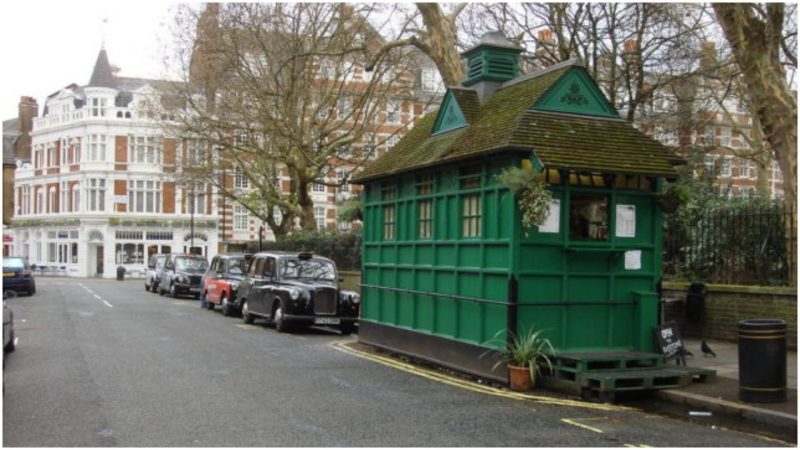Scattered across London are small green buildings, usually surrounded by those famous black London cabs. The wooden green huts were first built in the late 19th century, and their main goal was to make the cab driver’s work easier.It was very difficult for cabbies in Victorian England to find a place where they could eat and take shelter from bad weather. The usual vehicle used for driving was a horse-drawn carriage called a Hansom Cab in which the driver would be exposed to rain, wind, and snow.
Cab drivers were also required by law to be present while their horse-drawn carriages were parked at a cab stand. Most of them went to the pub to take shelter and eat but had to leave somebody outside with their cab so that it would not be stolen. Some of the drivers would employ someone to guard the carriage and carry the luggage. Some of the cab-drivers would return to their work drunk.
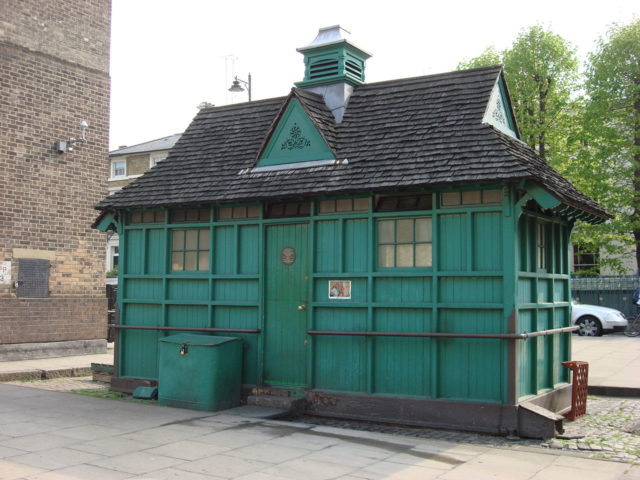
For the sake of passengers’ and drivers’ safety, a solution was found in 1875, when the Cabmen’s Shelter Fund was founded in London. The Charity was the idea of a former soldier and the editor of The Globe, a newspaper situated on Fleet Street. The man, Captain George Armstrong, who lived in St. John’s Wood, was in a hurry to get to Fleet Street one stormy day so he asked one of his servants to go out and get him a cab. After an hour the servant returned alone, telling Armstrong that all of the drivers at the local cab stand were drunk and in no condition to drive.
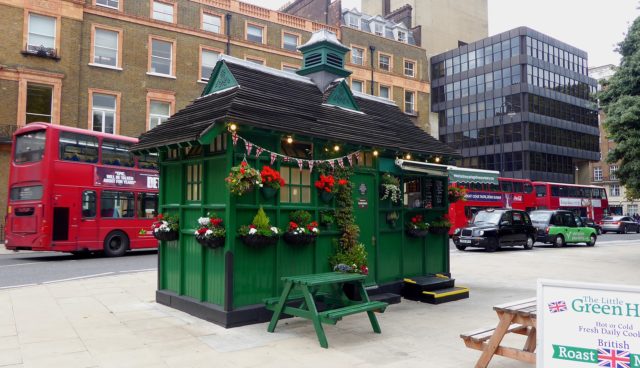
Captain Armstrong took the matter into his own hands, assisted by Anthony Ashley Cooper, the 7th Earl of Shaftesbury, as well as several other important philanthropists from London. The first cabmen’s hut was opened on Acacia Avenue, near Captain Armstrong’s home, in February of 1875. The construction of some of the later huts was supported by several important figures including the Duke of Westminster, the Prince of Wales, and the novelist George Moore.
From 1875 to 1914, a total of 61 green huts were built on the streets of London. They were built and run by the Cabmen’s Shelter Fund. Due to the fact that they were built on public highways, the huts had to be the size of a horse and a cart. The earlier huts were simple in design, but some of the ones that followed were designed by renowned British architects and were significantly more decorative than their predecessors.
Queen Victoria quotes
The huts have a rectangular shape and their size was described as “seven bays long and three bays wide.” They have a timber frame and the early ones were placed on a movable base, allowing them to change location if necessary. There are windows and railings on the huts’ sides, which were used for tying the Hansom cab horses. The early huts had a hipped roof, which was replaced with a pitched roof in later examples. On the roof, there is a dovecote-style ventilation lantern and the whole construction is painted in a recognizable green color.
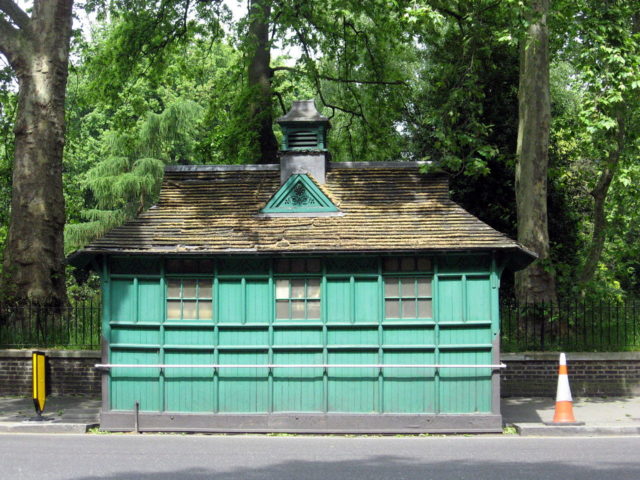
Although fairly small, the hut had a kitchen and could guest from 10 to 13 people at once. Books and newspapers were donated to the huts, usually by the publishers. Every cabmen’s shelter had an attendant inside, who would sell hot food and non-alcoholic drinks to the customers.
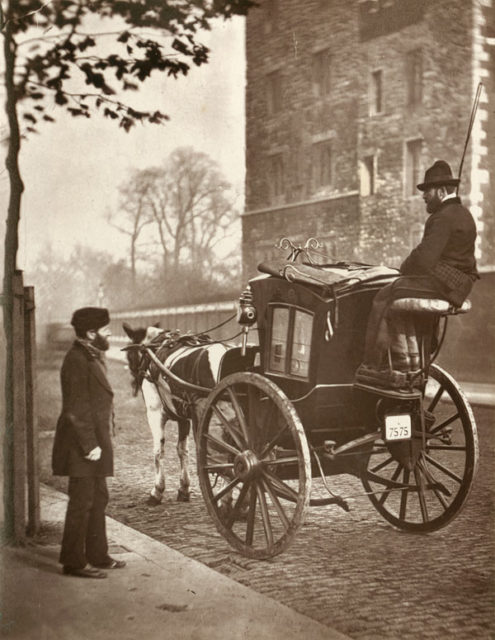
Cab drivers used to bring their own mugs that would be kept in the shelters. Strict rules were applied, as only licensed cab drivers were allowed inside and foul language and gambling were strictly prohibited.
Thirteen of the wooden green huts remain on today’s busy London streets and all of them are grade II listed buildings. They still serve food and cab drivers remain their faithful customers even to this day, although everyone can get takeaway food from the green wooden structures.
